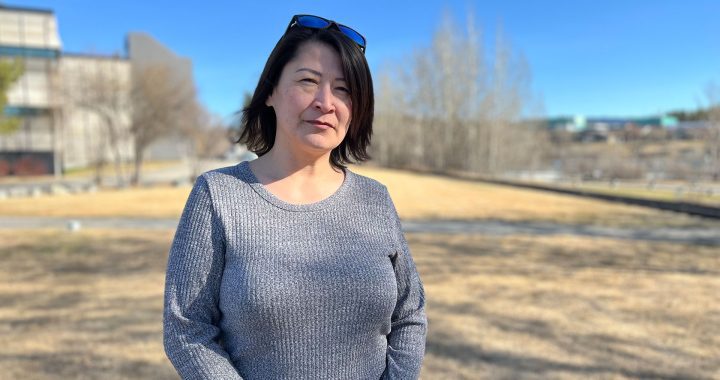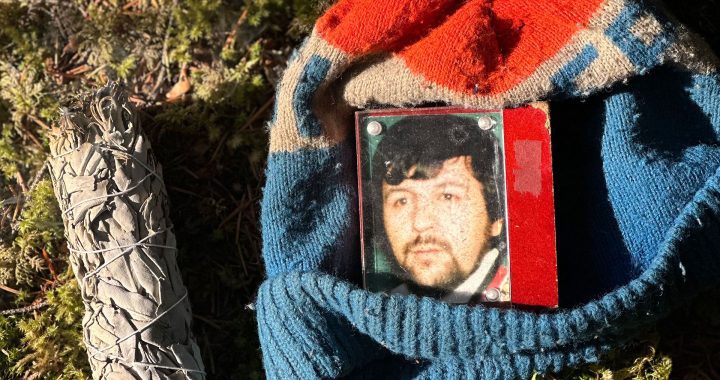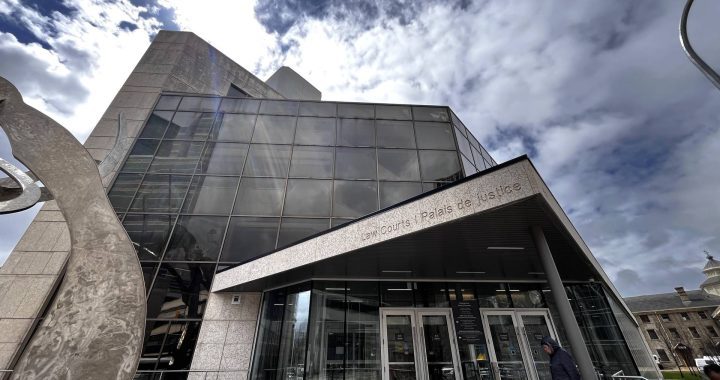Brian Maracle says he got a surprise phone call one from the National Research Council, or NRC as it’s commonly called.
“They called us out of the blue one day to ask if there was something that they could do that would be of help to us that would be in the field of digitizing the language,” said Maracle, the project director of the Mohawk Immersion Program in Six Nations of the Grand River west of Toronto.
“So I said yes.”
Maracle was one of the first educators to collaborate with the NRC on the Indigenous Languages Technology Project.
“In collaboration with Indigenous communities and language experts, we have developed technologies that contribute to revitalization of Indigenous languages,” said a post about the project on the NRC’s web page. Collaborative projects have generated new speech- and text-based resources for Indigenous language students, educators, translators, transcribers and other language professionals, and have helped increase the accessibility of audio and video recordings.”
He said he had the perfect tool in mind to help explain the complexity of the Mohawk language and help students generated verbal descriptions.
“To create a digital verb generator,” he said. “Something that would take all of the components of the language and allow a computer to put together all of those elements to create verbal descriptions.
“We started working on it and produced this app called Kawennonnis which translates to, it makes words.”
Maracle added that while there are limitations to the software, the app is helpful for students.
In 2019, the Indigenous Languages Act officially became law. It was a call to action from the Truth and Reconciliation Commission’s final report to help deal with Indigenous languages that are vanishing across the country. A number of federal departments have been mandated to correct this.
Roland Kuhn is leading the project at the NRC. He said finding out what people need is essential.
“We talked to teachers and sometimes we can agree on a way we can write software that will help them and help their students,” he said. “And all of our projects have worked that way.
“We set out the principle that none of the language data that we work with will ever belong to anyone other than the community itself.”
There are six feature projects at various stages of development. Kuhn said money is always an issue.
“Our goal would be to help people in the communities that know each language well to be able to build their own interactive grammars (verb generator),” he said.
Heather Souter, an educator in Camperville, Man., worked with the NRC on a Michif digital talking dictionary and online language course.
“We have been able to move things forward and make improvements to the dictionary for example that we first started,” she said. “And we still have work to do in the course. We haven’t done to much on the course to revise it. But that is something that is in our sights.”
Furthermore, she emphasized that while digital tools enhance the work of language revitalization, it is the people who are at the heart of it. “It is still the communities that do the work and have to do the work.”
Maracle said although this new technology is helping, learning a language takes time and effort.
“There is no substitute, nothing better then a student sitting face to face with a speaker, an instructor,” he said.









